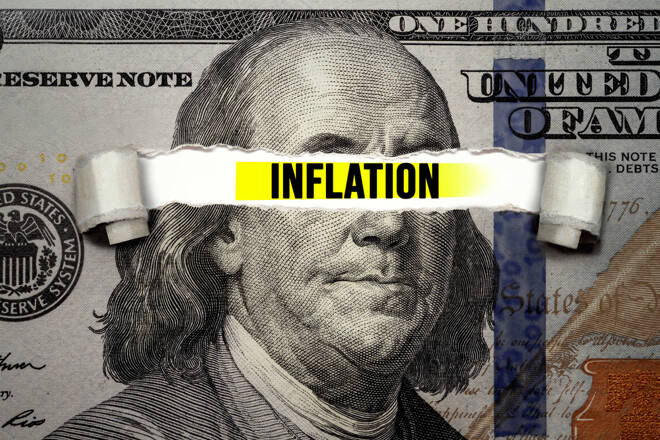Advertisement
Advertisement
Investors May Turn From Crypto on Fed Interest Hike Hopes
By:
Crypto asset markets have turned bearish once again as investors pin their hopes on economic recovery in the United States.
Key Insights:
- The Fed has increased its rate target to as high as 3.5% this year.
- Being too aggressive could result in a longer recession, according to analysts.
- Crypto markets have declined by more than 12% this month.
Cryptocurrencies may have an interest rate problem; as soon as it starts to get raised, trading volumes fall, and markets decline.
Investors may be getting into more risk-off assets as the U.S. central bank raises interest rates which it did last month. In March, the Fed raised interest rates from 0.25% to 0.5%, which is still a paltry figure, but the first raise for more than three years.
Federal Reserve Bank President James Bullard has said that the central bank needs to move fast to achieve a rate of around 3.5% this year. This could be done with multiple half-point hikes and possibly even 75-point increases, according to reports on April 18. Fed Chair Jerome Powell said that a 50 basis-point increase would be possible at the bank’s meeting in early May.
Battling Inflation
Central banks worldwide are upping their fights against inflation, but it will be a long, drawn-out battle for many. In the U.S., inflation is at a four-decade high of 8.5%, which drives investors into safe-haven assets such as gold or Bitcoin (BTC).
However, with the interest rate recovery in progress, investor demand for crypto assets appears to be waning. Additionally, higher borrowing costs could impact those investing in crypto on leverage.
On the other hand, economist Mohamed El-Erian told CNBC on Monday that gold and Bitcoin prices would go higher if the Fed increases its interest rate target.
What happens to #crypto & #gold if the Fed is tempted to raise their inflation target from 2% to 3%?
"They both go higher," says @elerianm pic.twitter.com/QNPzFu8NnP— Squawk Box (@SquawkCNBC) April 18, 2022
He added that the Fed may be concerned that not hitting their target “may push this economy not just into a short-term recession but into a longer-term recession.”
Bitcoin and crypto assets are usually in demand when fiat currencies are weak, however that has not been the case recently.
Crypto Markets in Retreat
Crypto market capitalization has dumped 12.3% since the beginning of this month. This has resulted in around $300 billion leaving the space.
The total market cap is currently just below $2 trillion, down 34% from its all-time high of a little over $3 trillion in November.
There has been a small 2% gain for markets over the past 24 hours, but things are generally still bearish in digital assets, and that trend could continue for the rest of this year.
About the Author
Martin Youngauthor
Martin has been covering the latest developments in the blockchain and digital asset industry since 2017 when he made his first investment. He has previous trading experience and has worked extensively in IT over the past 2 decades.
Did you find this article useful?
Latest news and analysis
Advertisement
